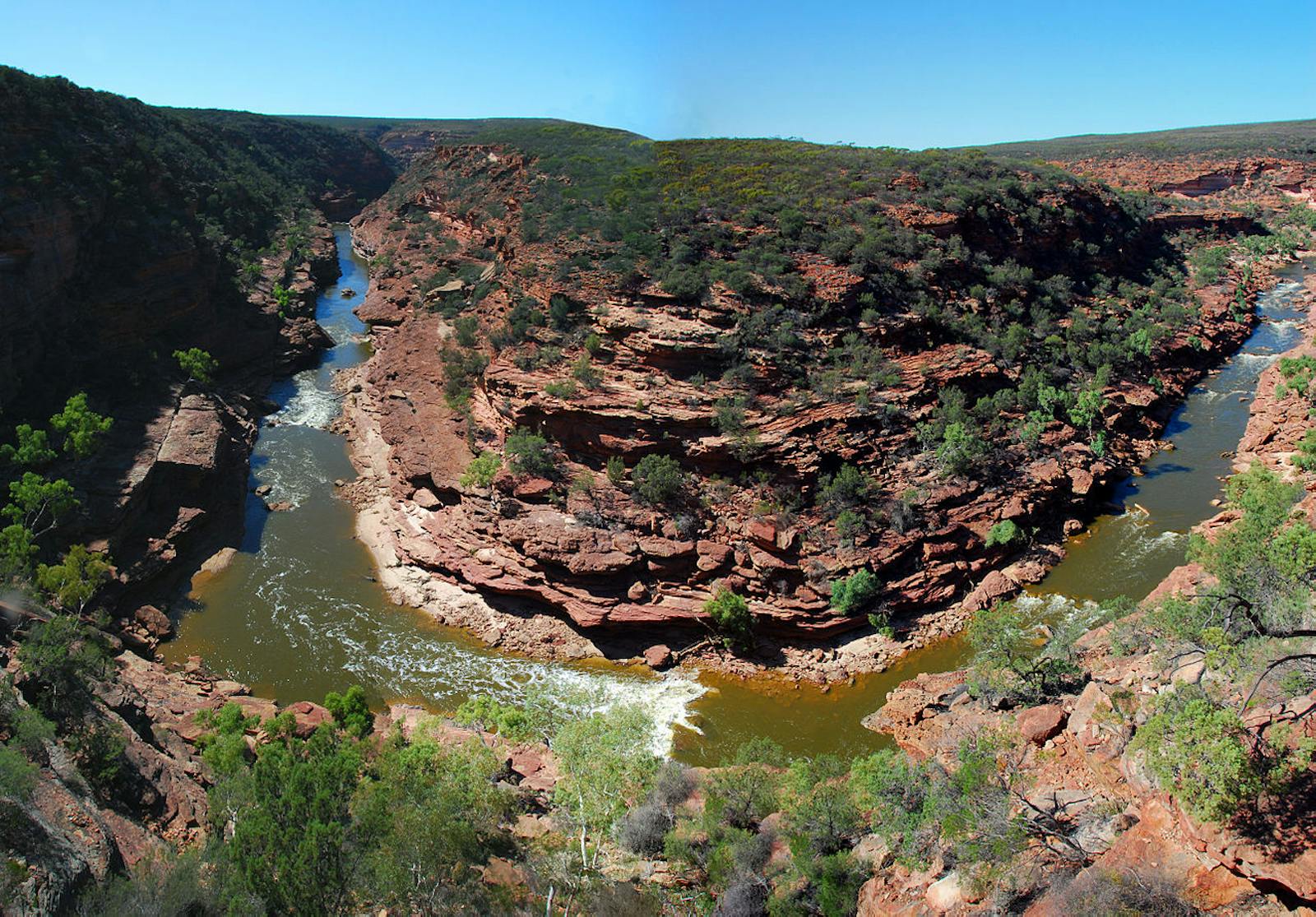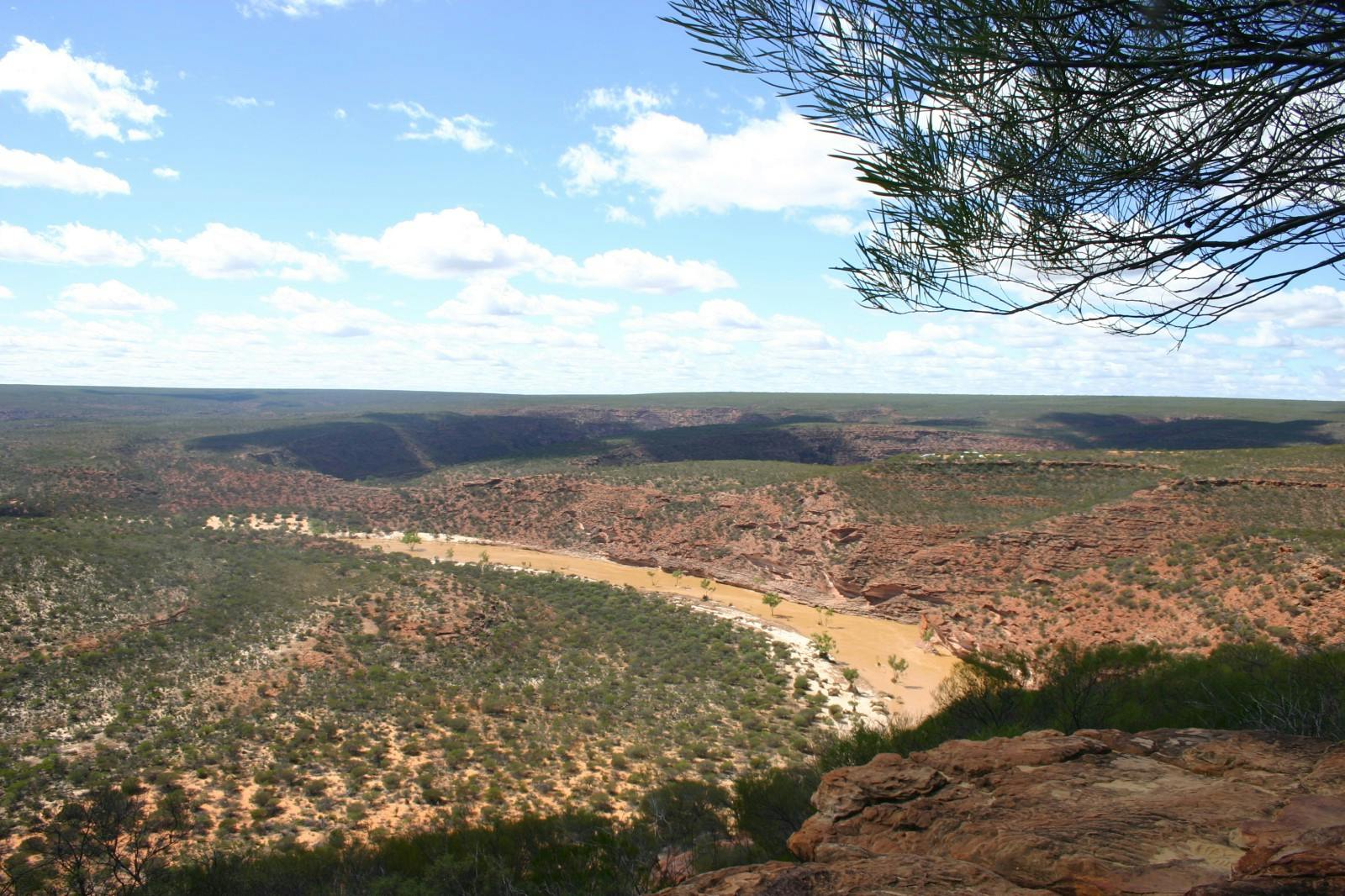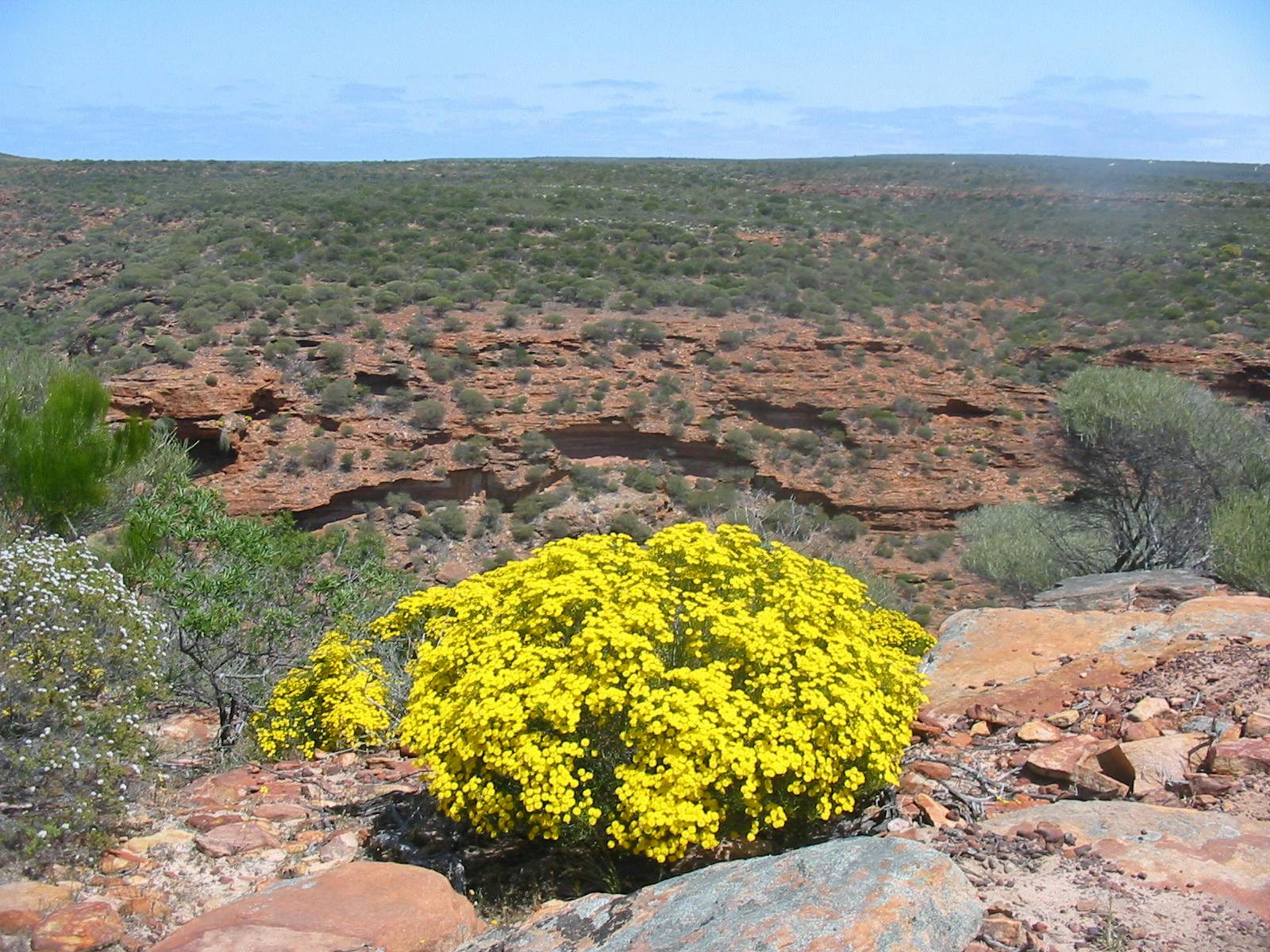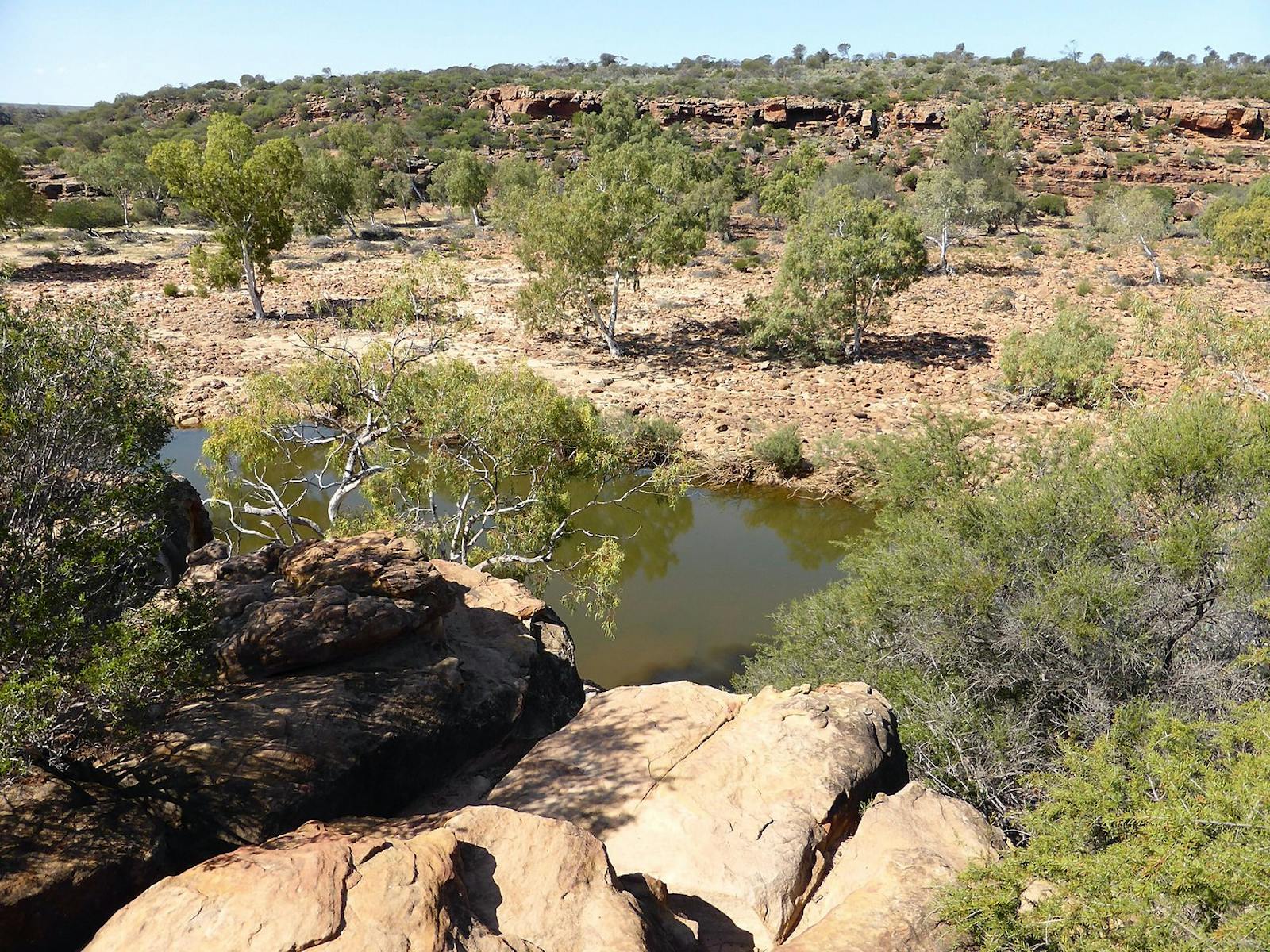Southwest Australia Savanna
The ecoregion’s land area is provided in units of 1,000 hectares. The conservation target is the Global Safety Net (GSN1) area for the given ecoregion. The protection level indicates the percentage of the GSN goal that is currently protected on a scale of 0-10. N/A means data is not available at this time.
Bioregion: South Australian Mediterranean Forests, Woodlands & Scrub (AU5)
Realm: Australasia
Ecoregion Size (1000 ha):
17,807
Ecoregion ID:
205
Conservation Target:
38%
Protection Level:
3
States: Australia
The southwest savannas are a transition zone between the arid center of Australia and the long-isolated biodiversity hotspot of southwest Australia, with its rich Mediterranean-climate flora and unique set of plants and animals. Over 6,500 plants occur in this relatively small region with nearly half found only there. The large variation in soils, landforms, and rainfall in this transition have helped make the flora exceptionally diverse. Heavier winter rains result in vast wildflower floral displays in some years.
.jpg)
The flagship species of the Southwest Australia Savanna ecoregion is the honey possum. Image credit: Courtesy of Lebobo, iNaturalist
The savannas are dominated by diverse types of eucalypt woodlands of York gum, marri, wandoo, salmon gum and gimlet, intermixed with Allocausarina woodlands, shrublands, heathlands, mallee, sand plains, and salt lakes. Acacias become more common in the northern woodlands.
Some areas are notable for rich and endemic floras, such as the Geraldton Sandplains. Mammals that occur here include the Tammar wallaby (Macropus eugenii derbianus) and black-footed rock-wallaby (Petrogale lateralis lateralis). The honey possum and southwest pygmy possum, two small, endemic, nectar-feeding marsupial are unusual inhabitants. The pig-footed bandicoot and crescent nailtail wallaby are extinct. The western spiny-tailed skink (Egernia stokesii stokesii) and carpet python (Morelia spilota imbricate) are typical species of the diverse reptile fauna. Birds include the malleefowl (Leipoa ocellate), rufous treecreeper, emu, and the handsome Carnaby’s cockatoo (Calyptorhynchus latirostris).
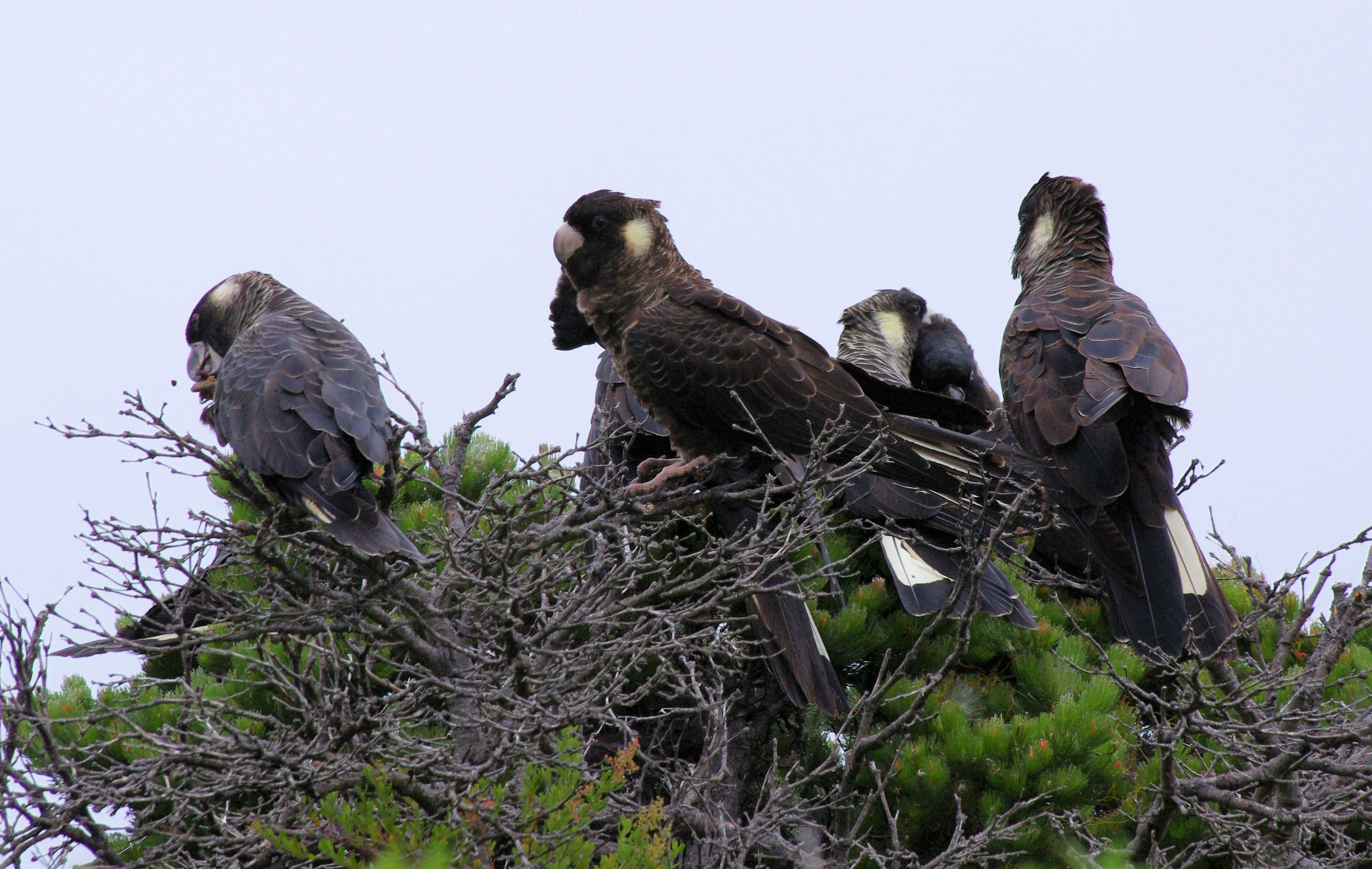
Carnaby's black cockatoo. Image credit: Creative Commons
Large areas of the ecoregion have been cleared for agriculture and grazing of commercial livestock. Loss and fragmentation of native habitat remains an overarching threat. Heavy grazing by livestock and feral herbivores, particularly feral goats, degrades native vegetation and introduced predators, such as feral cats, foxes, and wild dogs, prey on native wildlife. Fuel-rich gamba grass (Andropogon gaynus), an introduced weed, exacerbates an already too frequent fire regime that degrades and alters native ecosystems. Protected areas including Kalbarri National Park, Toolonga Nature Reserve, Durokoppin Nature Reserve, Lesueue, and Watherwoo.
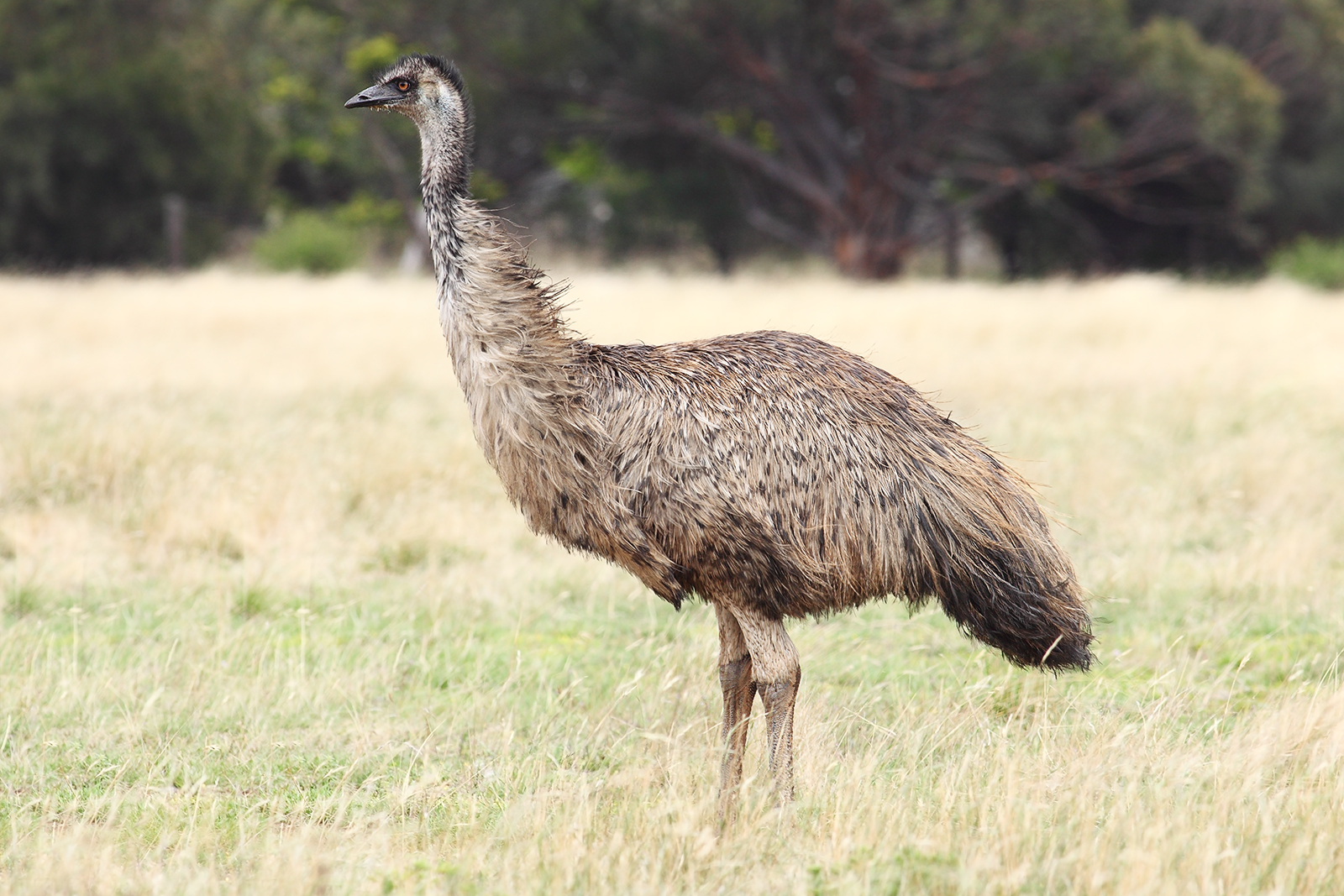
Emu. Image credit: Creative Commons
The key conservation actions for the next decade are to: 1) implement strategies for revegetation, fencing, fire management, and invasive control in high priority remnants of native habitat identified in regional strategies; 2) strengthen and expand feral animal and weed management strategies, for example through the CALM project; and 3) establish formal protection and ensure effective management of two Key Biodiversity Areas, Karara and Lochada.
Citations
Coates DJ, KA Atkins. 2001. Priority setting and the conservation of Western Australia’s diverse and highly endemic flora. Biological Conservation 97:251–263.
Southwest Australia Ecoregion Initiative. 2006. The Southwest Australia Ecoregion -- Jewel of the Australian Continent. SAEI, Wembley. Accessed 1 June 2019 at https://www.bibbulmuntrack.org.au/media/files/jewel_of_the_australian_continent_1.pdf
Zelinova R et al. 2012. Geraldton Regional Conservation Report Volume 1 Geraldton Regional Flora and Vegetation Survey Project Area. Perth Biodiversity Project and Eco Logical Australia Pty Ltd.
